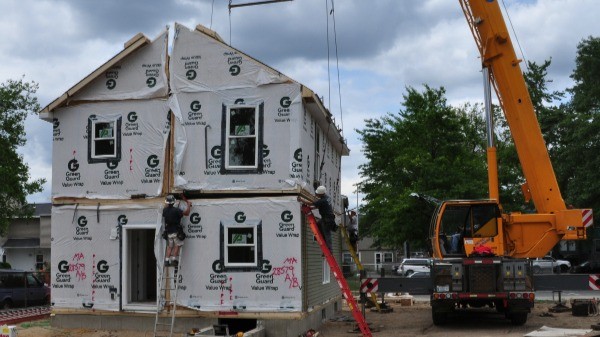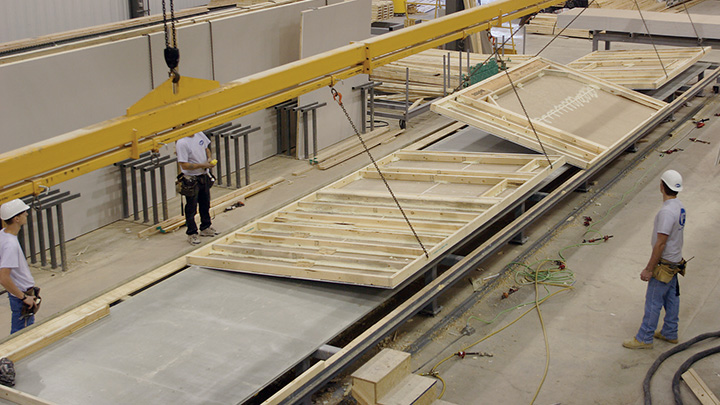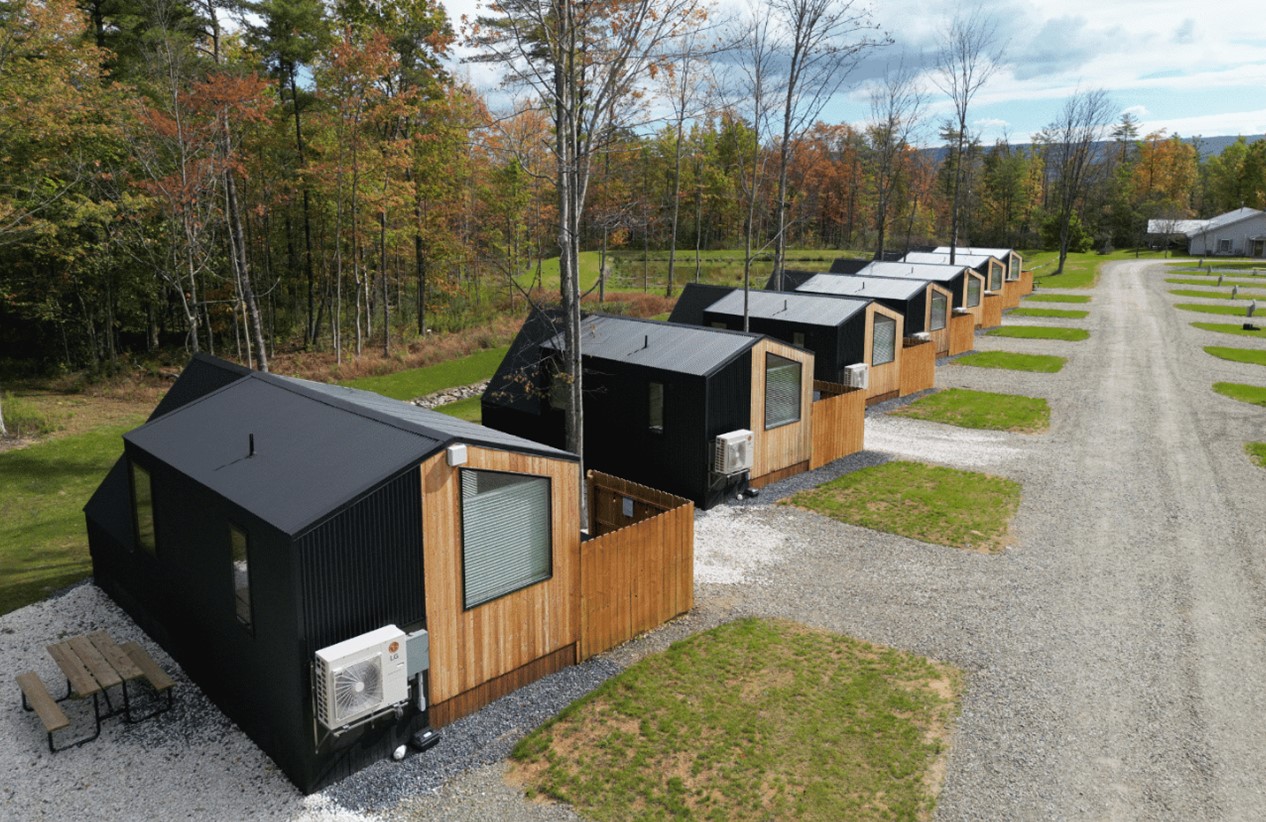A few weeks ago, an investor-developer called me after reading one of my articles about “New to Modular” builders. He was frustrated—actually, exasperated might be a better word. He had decided to try modular construction for a housing project and couldn’t understand why the cost between the factory and the finished, move-in-ready home was so unpredictable.
As he put it, “It’s like pulling teeth to get an answer. Everyone tells me modular is more efficient, faster, and less expensive, but the numbers keep slipping away the closer I get to the finish line.”
The Gap Between Factory and Front Door
His frustration highlights one of modular construction’s greatest communication failures: the gap between the factory gate and the final occupancy permit. Inside the factory, everything seems measurable. Costs are itemized. Production schedules are tracked. Materials and labor are controlled.
But once those modules are loaded onto a truck, the process becomes fragmented. Site work, foundations, transportation, set crews, mechanical hookups, finish work, landscaping, permits—it’s a long list of moving parts, often involving people who have never worked together before.
For a newcomer to modular construction, that’s where confusion sets in. The “factory price” often covers only what’s built inside the plant, while everything outside those walls is considered “site scope.” If the builder, developer, or GC hasn’t coordinated both sides of that equation, the result is a project where costs and schedules unravel.
Why the Final Cost Is So Elusive
There are three main reasons why that “finished cost” seems to keep moving:
1. Undefined Responsibilities. Factories typically sell what they build. They don’t pour foundations, handle zoning issues, or coordinate site crews unless they offer turn-key solutions. Developers often assume the factory will “manage” these steps—but that’s rarely included unless it’s spelled out in writing.
2. Subcontractor Chaos. Our investor hit the nail on the head: most subcontractors will offer either a good price or a good timeline, but rarely both. Many have limited experience finishing modular projects and don’t realize how much coordination is required to align with delivery and set schedules.
3. The Unknowns Between Delivery and Occupancy. Weather delays, transportation permits, crane availability, and inspection timelines all play roles. Even small holdups—like missing trim pieces or incorrect site measurements—can snowball into weeks of delay, turning cost estimates into educated guesses.
The Investor’s Expectation vs. the Industry’s Reality
The caller made one more point that deserves attention: he believes modular factories should take on more of the process. And honestly, he’s not entirely wrong.
For modular construction to expand its market share, factories need to evolve beyond “box builders” into integrated solution providers. That doesn’t necessarily mean they have to become full developers, but offering more design, logistics, and finish coordination could bridge the trust gap that new investors experience.
This is exactly what some successful modular firms have already done. They act as designer, contractor, and manufacturer under one umbrella, eliminating the costly communication breakdowns that plague traditional modular projects.
What Needs to Change
If the modular industry wants to continue attracting serious investors and developers, three changes are essential:
- Transparency: Factories must clearly define what’s included—and excluded—in their base price. A “factory-to-finish” roadmap should be standard.
- Integration: Developers and factories must work as partners from the start, not as separate entities meeting halfway through.
- Education: The industry needs to train new-to-modular builders and investors in how the process really works, not just how it looks on a glossy brochure.
My Final Thoughts
The investor’s experience is not unusual—it’s a rite of passage for anyone entering modular construction for the first time. He didn’t want a free consultation; he wanted reassurance that the system works. But until factories, developers, and site crews operate as a unified team, that reassurance will remain as elusive as a locked-in cost.
In modular construction, the real work begins not in the factory—but the moment the first module rolls out of it.





